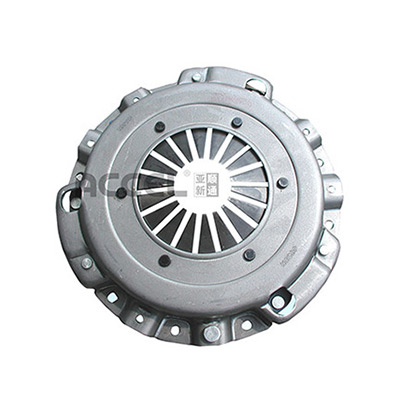
- Mobile Phone
- +8613931874955
- sales@cntcmetal.com
Custom Coil Springs Solutions for Various Applications and Industries
The Versatility and Innovation of Coil Springs A Deep Dive into Coil Spring Specialties
Coil springs are fundamental mechanical components widely used in various applications across multiple industries, including automotive, aerospace, and manufacturing. Their design and functionality are rooted in simple physics, yet their applications are complex and diverse. In this article, we will explore the unique qualities and specialties of coil springs, their manufacturing processes, and their critical roles in modern engineering.
Understanding Coil Springs
At its core, a coil spring is a type of spring formed in a helical shape. When force is applied to the spring, it compresses or stretches, storing potential energy. This property makes coil springs crucial for absorbing shock, providing stability, and supporting loads. There are several types of coil springs, including compression springs, extension springs, and torsion springs, each designed for specific applications and load conditions.
1. Compression Springs These springs are designed to operate with a compressive load, allowing them to compress under the weight of an object. They are commonly used in car suspensions, mattresses, and various machinery.
2. Extension Springs In contrast, extension springs work by pulling forces. They are designed to stretch and are often used in applications like garage doors, toys, and other devices where a pulling force is needed.
3. Torsion Springs These springs exert a twisting force and are typically used in applications like clothespins, hinges, and various mechanisms where rotation is necessary.
The Manufacturing Process
The process of creating coil springs is a sophisticated blend of engineering precision and innovation. The journey begins with selecting high-quality materials, typically steel, which is chosen for its strength and elasticity. Manufacturers often utilize various forms of steel, including music wire, stainless steel, and oil-tempered steel, depending on the spring's intended application.
The production process generally involves the following steps
1. Wire Drawing High-carbon steel wire is drawn to specific diameters using machines that stretch and reduce the wire thickness.
2. Coiling The wire is then coiled into the desired shape using automatic coil winding machines. This stage is crucial as the coiling process dictates the spring's characteristics, such as its diameter, pitch, and number of active coils.
coil springs specialties

3. Heat Treatment To enhance the spring's mechanical properties, heat treatment is applied. This process involves heating the coils to a specific temperature and then cooling them, resulting in improved strength and resilience.
4. Surface Treatment After heat treatment, surface finishing processes such as shot peening, plating, or coating may be applied to increase durability and resistance to corrosion.
5. Quality Control Finally, each coil spring undergoes extensive quality assurance testing to ensure it meets industry standards and specifications before being delivered to customers.
Applications in Various Industries
Coil springs are indispensable in numerous sectors. In the automotive industry, they are employed in suspension systems, where they absorb shock from road irregularities, improving passenger comfort and vehicle stability. Similarly, in the aerospace sector, lightweight and high-strength coil springs are crucial components in landing gear and control systems.
In manufacturing, coil springs play a significant role in machinery, acting as energy storage systems that facilitate movement and operational efficiency. The emergence of the smart manufacturing movement has also prompted the development of innovative coil spring technologies, such as springs that adjust their stiffness in response to varying loads.
Innovations and Future Trends
As technology advances, so too does the field of coil spring design and manufacturing. The advent of computer-aided design (CAD) and computer numerical control (CNC) machining has enabled precise and complex spring configurations that were once thought impossible. Moreover, with the increasing emphasis on sustainability, manufacturers are exploring eco-friendly materials and processes to reduce their environmental impact.
In addition, the potential for 3D printing technology to produce customized coil springs is beginning to take shape, offering unparalleled flexibility in design and application for niche markets.
Conclusion
Coil springs represent a remarkable fusion of simple mechanics and intricate engineering. Their versatility and innovation continue to propel industries forward, proving essential in applications from everyday consumer products to advanced aerospace technologies. As we look to the future, the evolution of coil spring specialties promises to unveil even more exciting developments across a spectrum of applications, cementing their role as critical components in the machinery of progress.
share:
-
Your Source for Concrete Wall Ties and Masonry AccessoriesNewsJul.10,2025
-
Unlocking the Power of Iron Wire for Every ProjectNewsJul.10,2025
-
Explore Advanced Chain Wire and Stainless Steel Mesh FencingNewsJul.10,2025
-
Discover the Benefits of Annealed Wire ProductsNewsJul.10,2025
-
Discover China Stainless Steel Wire Mesh SolutionsNewsJul.10,2025
-
Build with Confidence Using High-Performance Masonry AccessoriesNewsJul.10,2025
-
Why Sacrificial Formwork Is Redefining Underground ConstructionNewsJun.06,2025



















